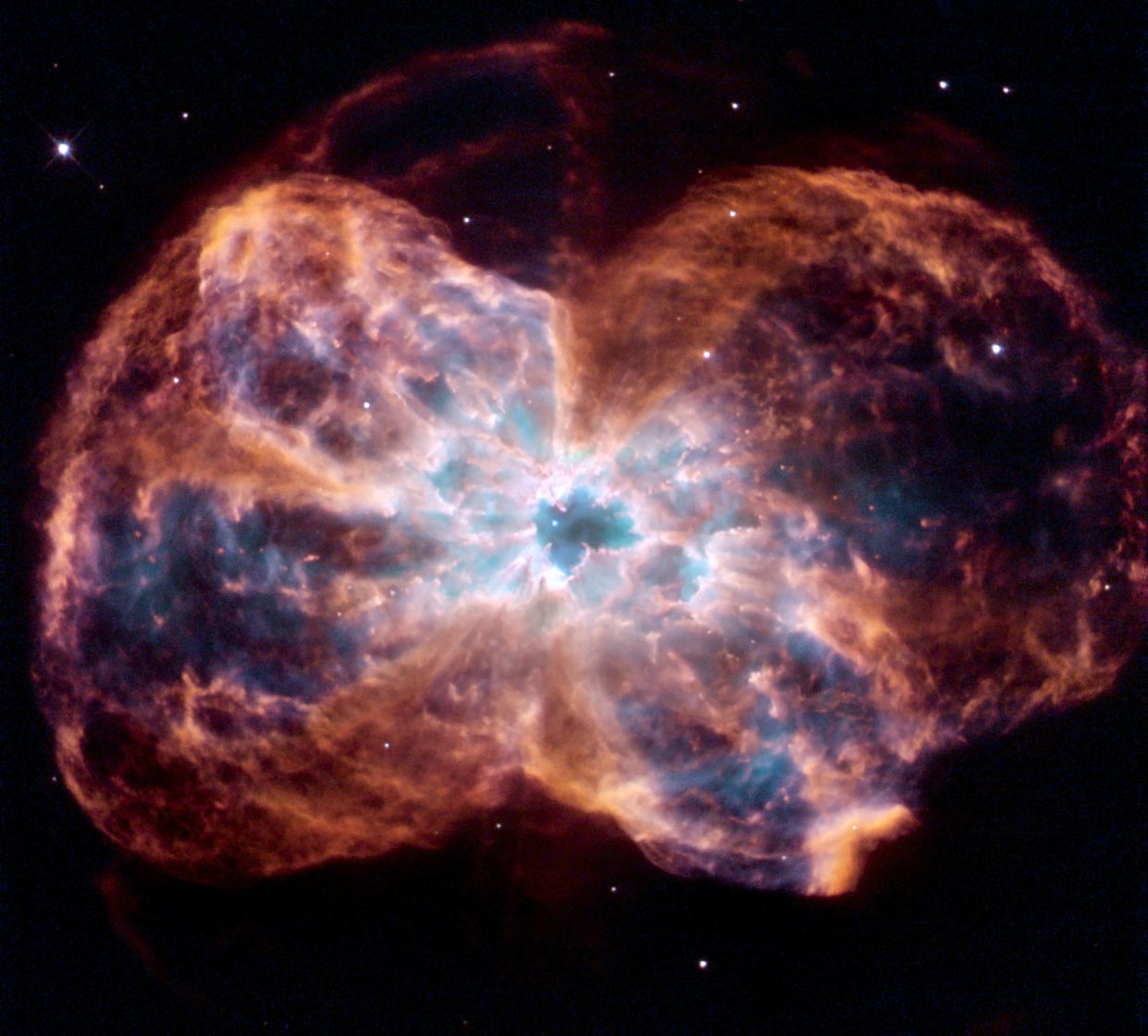
A team led by students probes the mass-radius relation of white dwarf stars, observing in their data evidence of quantum mechanics and Einstein’s theory of general relativity.
“The way I extolled it to my granddad is, you’re basically seeing quantum mechanics and Einstein’s theory of general relativity coming together to produce this result.
It is a direct result of Einstein’s theory of general relativity.
“To me, the beauty of this work is that we all learn these theories about how light will be affected by gravity in school and in textbooks, but now we actually see that relationship in the stars themselves,” says fifth-year graduate student Hsiang-Chih Hwang, who proposed the study and first recognized the gravitational redshift effect in the data.
The team also had to account for how a star’s movement through space might affect the perception of its gravitational redshift.
This is called the Doppler effect, and is essentially a distracting “noise” that complicates the measurement of the gravitational redshift effect, says study contributor Sihao Cheng, a fourth-year graduate student.
They then averaged the redshifts of stars of a similar size, effectively determining that no matter where a star itself is located or where it’s moving in relation to Earth, it can be expected to have an intrinsic gravitational redshift of a certain value.
These intrinsic gravitational redshift values can be used to study stars that are observed in future datasets.
“The way I extolled it to my granddad is, you’re basically seeing quantum mechanics and Einstein’s theory of general relativity coming together to produce this result,” Chandra says.
Now everybody likes to connect their researches with quantum mechanics or relativity to make them sound advanced and abstruse.
Einstein made a fatal mistake in his special relativity.
He postulates that the speed of light should be the same relative to all inertial reference frames, which forces the change of the definition of space and time.
But he never verified that the newly defined time was still the time measured with physical clocks.
Please be aware that our physical time i.e.
clock time won’t change with the change of the definition of the space and time.
Actually, the newly defined relativistic time is indeed not the time measured with physical clocks any longer.
We know physical time T has a relationship with the relativistic time t in Einstein’s special relativity: T = tf/k where f is the relativistic frequency of the clock and k is a calibration constant, that is, a clock uses the change of the status of a physical process to indirectly measure time.
Now We would like to use the behavior of our physical time in Lorentz Transformation to demonstrate that the relativistic time t defined by Lorentz Transformation is no longer our physical time T.
If you have a clock (clock 1) with you and watch my clock (clock 2) in motion and both clocks are set to be synchronized to show the same physical time T relative to your inertial reference frame, you will see your clock time: T1 = tf1/k1 = T and my clock time: T2 = tf2/k2 = T, where t is the relativistic time of your reference frame, f1 and f2 are the relativistic frequencies of clock 1 and clock 2 respectively, k1 and k2 are calibration constants of the clocks.
The two events (Clock1, T1=T, x1=0, y1=0, z1=0, t1=t) and (Clock2, T2=T, x2=vt, y2=0, z2=0, t2=t) are simultaneous measured with both relativistic time t and clock time T in your reference frame.
When these two clocks are observed by me in the moving inertial reference frame, according to special relativity, we can use Lorentz Transformation to get the events in my frame (x’, y’, z’, t’): (clock1, T1′, x1’=-vt1′, y1’=0, z1’=0, t1’=t/γ) and (clock2, T2′, x2’=0, y2’=0, z2’=0, t2’=γt), where T1′ = t1’f1’/k1 = (t/γ)(γf1)/k1 = tf1/k1 = T1 = T and T2′ = t2’f2’/k2 = (γt)(f2/γ)/k2 = tf2/k2 = T2 = T, where γ = 1/sqrt(1-v^2/c^2).
That is, no matter observed from which inertial reference frame, the events are still simultaneous measured with physical time T i.e.
the two clocks are always synchronized measured with physical time T, but not synchronized measured with relativistic time t’.
Therefore, our physical time and the relativistic time behave differently in Lorentz Transformation and thus they are not the same thing.
The change of the reference frame only makes changes of the relativistic time from t to t’ and the relativistic frequency from f to f’, which cancel each other in the formula: T = tf/k to make the physical time T unchanged i.e.
our physical time is still absolute in special relativity.
Based on the artificial relativistic time, special relativity is wrong, so is general relativity.
As special relativity has been disproved, then there is no such speed in nature that can be the same observed from all inertial reference frames.
“The existence of such an absolute and universal clock time is confirmed by the universal synchronization of all ground and satellite clocks of the global positioning system and by the theoretical existence of the absolute and universal Galilean time within the framework of the STR.”
It’s actually both special relativity and general relativity corrected:
“Special and general relativity predict that the clocks on the GPS satellites would be seen by the Earth’s observers to run 38 microseconds faster per day than the clocks on the Earth
